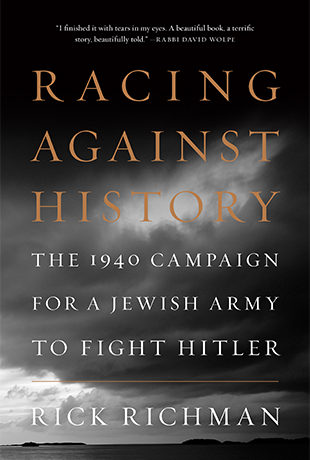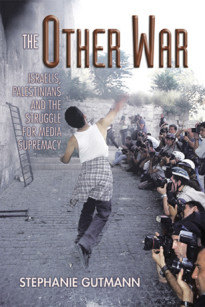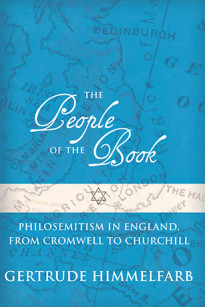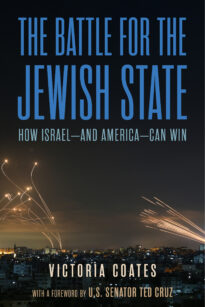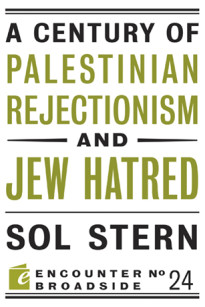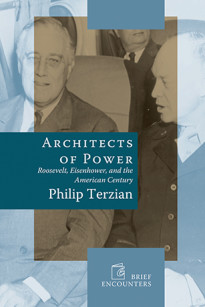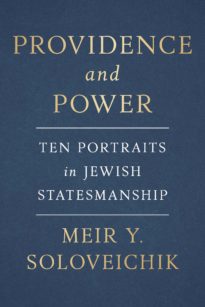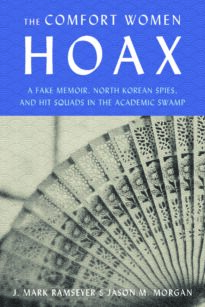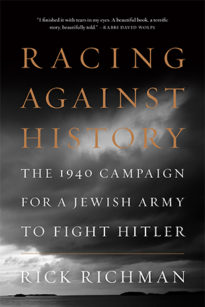On September 1, 1939—two decades after World War I—a new European war began, triggered by a pact between the two totalitarian powers that dominated the continent by then.
On August 23, 1939, Nazi Germany and the Soviet Union signed a ten-year “non-aggression pact,” consisting of 280 words. Its key provision was hidden in an undisclosed protocol, which by its terms was to be kept “strictly secret” by the signatories, specifying a “territorial and political rearrangement of the areas belonging to the Polish state.” The secret protocol included a map with a line drawn through the middle of Poland, marking the contemplated division of Poland in the imminent “territorial and political rearrangement.”
The pact paved the way for what happened next. A week after signing it, Hitler invaded Poland from the West; two weeks later, Stalin invaded from the East.
By the end of September, Poland no longer existed as a country: it had been invaded, defeated, partitioned, and annexed by Germany and the Soviet Union.
The estimated Polish losses from the month-long Nazi invasion included 70,000 killed, 133,000 wounded, and 700,000 captured. An additional 50,000 Poles were killed in the Soviet invasion. The elite of Poland’s civil society and its ruling class were decimated, and Polish Jews of all classes were specifically targeted. The Nazi and Soviet occupiers began cleansing Poland in their respective areas, with the Nazis employing racial standards and the Soviets using class criteria. Poland became a vast region of ideological reorganization, the entire population sorted, expropriated, expelled, confined, or murdered, with the land divided between the two invaders.
What remained of the Polish military reorganized itself in Paris under General Wladyslaw Sikorski, who formed a government in exile that later made its headquarters in London. From the scattered remnants of the defeated Polish army, Sikorski built a force that fought first in France in 1940; then elsewhere in Europe; and finally at Normandy in 1944, on behalf of a defeated Polish nation, trying to recover the land taken from it five years earlier.
For the Jews of Poland—who comprised the largest Jewish community in Europe—matters were about to become extremely dire. The Jews had no army; they had no government in exile; they had no generals; they had no country to protect or shelter them; and the land they once possessed been taken from them not five years before, but two millennia earlier.
Nazi Germany and the Soviet Union now controlled millions more Jews, who were unable to emigrate to Palestine or America. With the issuance of a new “White Paper” in May 1939, the British had prohibited any further significant Jewish immigration to Palestine—which Britain had already severely curtailed since the mid-1930s. Virtually all Jews in Central and Eastern Europe were now held captive, trapped by two armed national ideological movements, one of which intended to annihilate them, while the other aimed to ban all religions. By mid-1940, all of Western Europe had fallen under the control of the genocidal Nazi empire as well, and Britain—the last remaining holdout—had come under ferocious attack.
In 1940, only one country in the world had a politically significant number of free Jews: the United States. In America, however, the immigration-friendly laws of the early 20th century had vanished after the Immigration Act of 1924, and American public opinion in 1939 was overwhelmingly against any new wave of immigration from Europe. The fate of the Jews in Europe—like that of the English and the French people themselves—would ultimately depend on the American response to European events. But American Jews, like almost all other Americans, wanted nothing to do with the European conflict. In any event, America lacked a military force that would have enabled it to join the war effort. As of September 1939, the German Army had 200 divisions, consisting of almost three million men, with 400,000 horses and 200,000 military vehicles.The United States Army had a total of five divisions. In size and combat power, the American army ranked 17th in the world—behind Romania’s.
On September 3, 1939, two days after the German invasion of Poland began, President Franklin D. Roosevelt addressed the American people by radio, assuring them the country would not participate in the new war: “Let no man or woman thoughtlessly or falsely talk of America sending its armies to European fields. At this moment, there is being prepared a proclamation of American neutrality.” He issued the proclamation two days later. The United States and the other Western Hemisphere countries declared an American Security Zone extending up to 600 miles from their coasts. The Atlantic and Pacific Oceans would be their Maginot Line (the state-of-the-art defense line built by France in the 1930s on its border with Germany that ultimately proved useless).
On the day that America declared its neutrality, Britain and France declared war on Germany. They had no choice: five months earlier, they had publicly committed themselves to the defense of Poland, after Hitler had violated the 1938 Munich “peace-for-our-time” agreement by taking over Czechoslovakia. France and Britain had hoped that a public commitment to Poland would deter Germany from further aggression. British Prime Minister Neville Chamberlain warned Hitler that “no greater mistake could be made” than believing the British would not come to Poland’s defense, with “all the forces at [British] command.” Later in 1939, Britain proclaimed a formal treaty with Poland, confirming those security guarantees.
In reality, however, Britain lacked the armed forces to meet its commitments. For years, despite Winston Churchill’s warnings, there had been no significant military preparation in Britain; its army was not only small, but it also lacked sufficient officers even for its reduced size. France maintained a large military, but having lost a million men in World War I, it was neither psychologically prepared to defend Poland, nor even to protect itself. After the Nazi blitzkrieg on September 1, the French were could not have mounted a counterattack until the end of the month, by which time Poland had already been defeated and divided.
